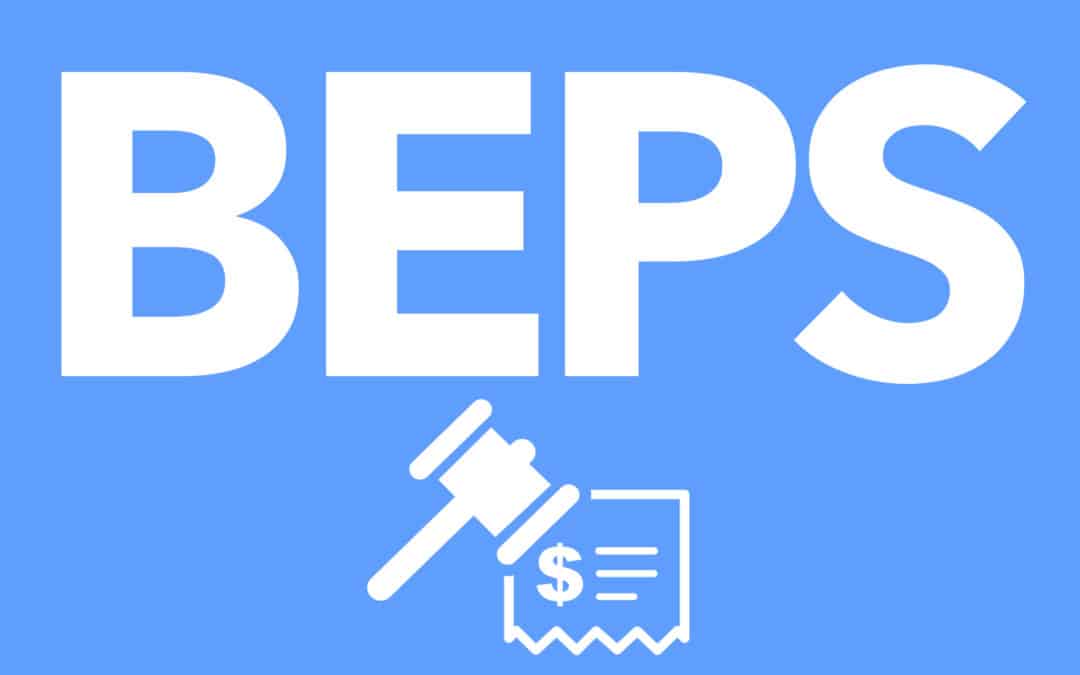The fines for failing to comply with the District of Columbia’s Building Energy Performance Standards (BEPS) can be steep. Thankfully, as of 2021, they currently only apply to buildings over 50,000 total square feet and DC’s Office of Energy and Environment accepts “partial credit”. I.e., any amount that your property proceeds down your chosen compliance pathway will reduce the fine to the property.
Buildings subject to BEPS must comply within the 5 year compliance period. All properties over 25k will begin their compliance cycle in 2027. This will broaden to all properties over 10k square feet by 2033.
Additionally, there are 4 different compliance pathways, each of which have different ways of achieving compliance. You can read more about those in greater detail here.
DOEE has proposed scaling the base penalties for properties to their square footage at a ratio of $100,000 per 10,000 square feet rounded down, or $10/sqft.
Note that these fines are still underdevelopment and have not yet been finalized.
Here are some example base fines for your reference:
| Building Size (sqft) | Maximum Penalty |
| 742,459 | $7,400,000 |
| 498,000 | $4,900,000 |
| 229,628 | $2,200,000 |
| 74,200 | $700,000 |
| 32,191 | $300,000 |
| 11,208 | $100,000 |
DOEE is still attempting a formula to calculate fines for campuses. Below are the original proposals from January 2021. Expect these to be reworked.
Campuses > 3mm sqft $15 million. Campuses < 2 mm sqft $7.5 million
Additionally, properties can also qualify for a “pre-adjustment factor” if they opt for the standard target pathway. As a reminder, the standard target requires properties to reach or exceed the median energy star score for their building type. The purpose of the pre-adjustment factors is to reward buildings that are already relatively efficient. Here’s an example:
Property Sqft: 87,513 sqft
Energy Star score: 60
Standard Target score needed: 66
Site Energy Usage Intensity (EUI) Reduction needed to hit Standard Target: 4%
In other words, this property only needs to reduce its EUI by 4% to reach an Energy Star score of 66. If they were on the performance pathway, they would need a 20% reduction. Without a pre-adjustment factor, this property could receive a $800,000 penalty if it kept the same EUI. If it reduced it’s EUI by 2%, the penalty would be halved at $400,000 (2%/4%). Compare this to a property of the same size with an Energy Star score of 10. If the less efficient building reduced its EUI by 15%, it’s penalty would be reduced by 75% (15%/20%) or to $200,000. Hence, the more efficient building would be getting twice the penalty as the far less efficient building in this scenario.
Because of the law of declining marginal returns, it’s generally less expensive to reduce EUI on a very inefficient building compared to a more efficient building. The pre-adjustment factor helps to better account for this. To determine the adjustment factor, divide the needed EUI reduction to reach the Standard Target by 20%. In this example, 4%/20% = 20%. Then, multiply the base penalty of $800,000 by the pre-adjustment factor of 20% to get the adjusted base penalty of $160,000. If the 66 score building reduces it’s EUI by 2%, it’s final penalty would now only be $80,000; much less than the original penalty of $400,000.
Still confused? That’s OK! Call us to chat about your specific property and we can break it down for you: 202.670.9625
Penalties for failing to comply with the BEPS program will be strictly enforced through municipal code §§ 3517 through 3520 shall be fined according to the schedule set forth in Title 16 (Consumer, Commercial Properties, and Civil Infractions) of the District of Columbia Municipal Regulations.
Keep in mind that there are also several exemptions or acceptable delays in BEPS fines that properties can claim, with proper documentation. These exemption and acceptable delay categories are as follows:
- Financial distress
- Change of ownership
- Building renovation
- Building becomes unoccupied
- Building is pending demolition
- There is a change in property type
- There was a significant change in energy usage due to the pandemic

